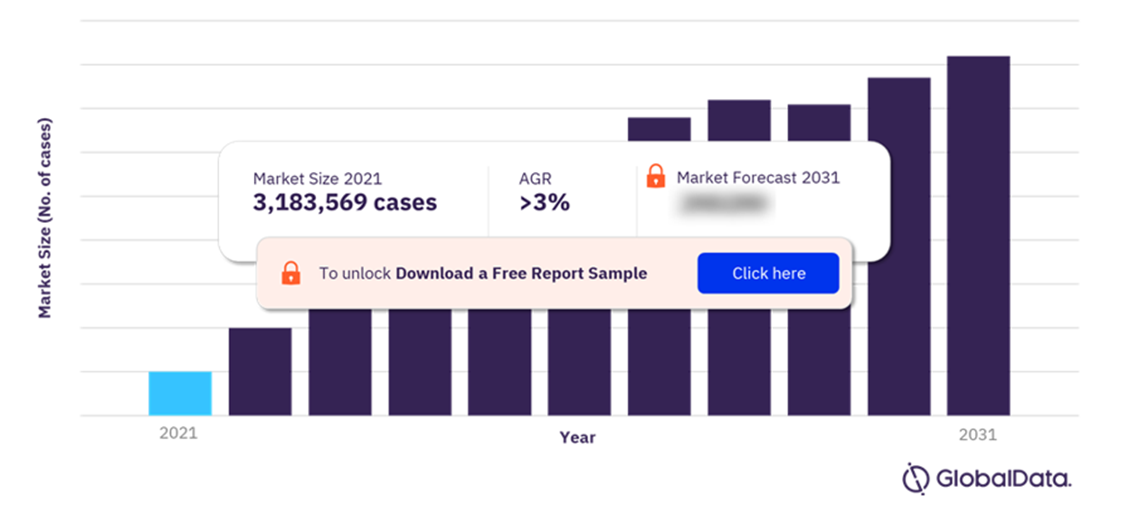Explore the intricate landscape of Colorectal Cancer Epidemiology Analysis with our comprehensive epidemiology analysis. Uncover the latest trends, risk factors, and regional variations shaping the prevalence of this complex disease. Our report delves into the nuances of screening, treatments, and emerging research, providing a holistic understanding of colorectal cancer's impact on global health. Stay informed about the evolving epidemiological factors, empowering yourself with knowledge to contribute to the ongoing fight against colorectal cancer.

For more insights on colorectal cancer market forecast data, download a free report sample
The Colorectal Cancer Epidemiology Analysis and Forecast market research report provides an overview of the risk factors, comorbidities, and the global and historical epidemiological trends for CRC in the eight major markets (8MM: US, France, Germany, Italy, Spain, UK, Japan, and urban China). The report includes a 10-year epidemiology forecast for the diagnosed incident cases of CRC. The diagnosed incident cases of CRC are segmented by age (18–29 years, 30–39 years, 40–49 years, 50–59 years, 60–69 years, 70–79 years, and 80 years and older) and sex.
What are the market dynamics in the colorectal cancer market?
Although research studies have found several factors that can increase the risk of CRC, exactly how all those factors might cause this cancer remains unclear. A combination of genetic and environmental factors is most likely responsible for CRC. According to research in 2022, around a significant percentage of CRC cases develop for no clear reason, while a small percent seem to result from inherited syndromes, and a significant percent happen in family clusters. Among the non-modifiable risk factors of CRC are older age; male sex; being of African or Ashkenazi Jewish descent; family or personal history of CRC, polyps, or inflammatory bowel disease (IBD); and having an inherited syndrome due to gene mutations such as Lynch syndrome, also referred as hereditary non-polyposis CRC (HNPCC), and familial adenomatous polyposis.


